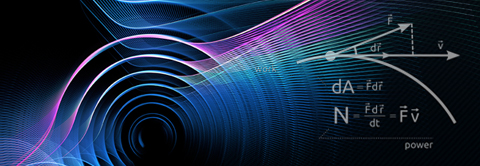| 날짜 | 2016-05-16 16:00 |
|---|---|
| 연사 | |
| 장소 | #1323(E6-2, 1st Fl.) |
Tuning microwave cavities
May 16, 2016 (Mon) 4PM, #1323(E6-2, 1st Fl.)
Dr. Daniel Bowring , Fermi National Accelerator
The search for dark matter axions may be aided by haloscopes: tunable, passive, high-Q microwave resonators, placed inside multi-tesla magnetic fields and operating at cryogenic temperatures. (The Axion Dark Matter eXperiment, ADMX, is an example of this technique.) In the presence of strong B-fields, axions may couple to two photons, which in turn may be detected through the resonant excitation of the high-Q microwave cavity and subsequent low-noise amplification and readout. There are points of common interest, then, between experiments like ADMX and the particle accelerator technology community. This talk addresses several of these common points, with an emphasis on tuning strategies. Axion searches above ~1 GHz will employ multiple resonators locked to the same frequency. Fine tuning of individual resonators may be accomplished using thin films of strontium titanate (STO) and related materials, whose dielectic strength can be varied through DC voltage bias.
Contact: T.8166(CAPP Administration Office)







